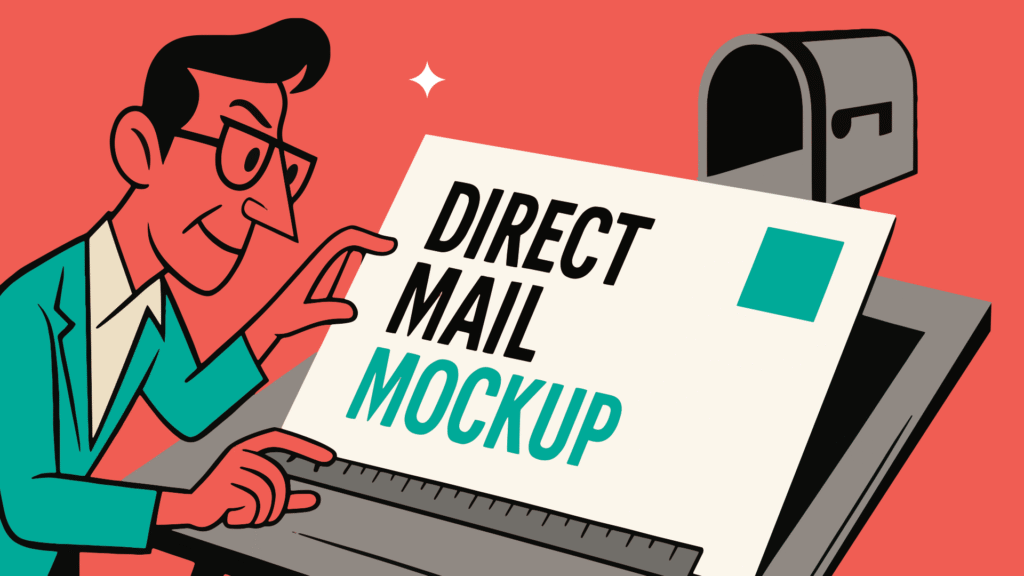Cut the Clutter: How Real‑Size Mockups Keep Your Direct Mail Clear and On‑Target

Imagine you’re working on a direct mail kit for your financial services product. You’ve done all the hard work and it’s looking awesome on screen—great colors, clean layouts. You’re feeling good about your choices. You ship it to the printer, and in (fairly) short order it’s out making its way to your prospect via USPS.
And then it arrives in your prospect’s cluttered mailbox (filled with your competitors’ kits) and they can’t quickly see the value in opening it, so it gets tossed in the recycling pile.
All while you sit waiting to see the pull through and results you banked on, evaporating overnight. Now you’ve wasted time, money, plus you’ve dinged your brand with someone who you want to love it.
That’s the risk the comes from not creating full-scale direct mail mockups before you commit to that print run.
Here’s how building physical proofs early in the design process can save time, money, and trust:
1. Eliminate visual overload
Zooming on a PDF often masks the density of content on a printed page. But holding a life‑size mockup reveals if your mail is too busy. Too much copy, tiny headlines, or cramped visuals become impossible to ignore when they’re literally in your hand and in your face.
2. Stay ruthlessly focused on key messaging
When you hold the piece at scale, it’s clear if your key messaging is buried—literally. Seeing the piece in real dimensions forces you to stay ruthlessly focused on the messaging that matters most and strip away the clutter. This is especially important with financial services brands because clarity is the key to building trust.
3. Pass the tap test
Planning to have an address window on your envelope? Make sure that the address will be visible through the window and doesn’t slide in and out of view by building a physical mock up and tapping it with the letter inside. It would be a shame to have done everything else right and then have it not be able to be read and delivered to the right people.
What to Do Now
- Print: Look at your piece at full size and review it physically before locking in final artwork.
- Ask: Does the headline hit in less than 3 seconds? Is the value proposition crystal clear? Will I even bother opening the envelope based on what I can see?
- Share: Let peers outside your design teams experience it in real-world light.
- Iterate: revise and repeat using scaled mockups until every fold and sentence earns its spot.
- Test: Tap it before deciding it’s all set to go.
A cluttered mail piece is an expensive missed opportunity. But an inexpensive mockup can help ensure that when the kit hits your prospect’s mailbox it gets opened and acted on, rather than getting relegated to the recycle bin.
What matters to you?
Want to get work that really matters for you and your business? Let’s talk.
Email Us